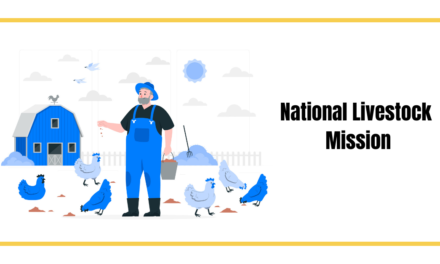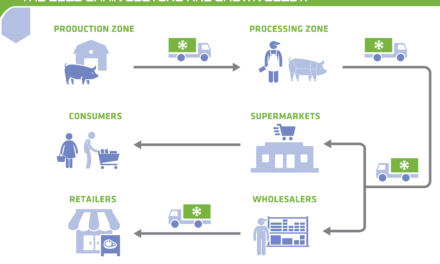Bamboo fiber is rapidly emerging as a sustainable alternative in the textile industry, revolutionizing fabric production with its eco-friendly properties and versatility. As global demand for sustainable textiles grows, bamboo fiber has gained prominence for its natural, biodegradable, and renewable characteristics, offering a greener substitute for conventional fabrics like cotton and synthetic fibers. The production of bamboo textiles aligns with environmental goals, making it an attractive choice for manufacturers, brands, and eco-conscious consumers.
Bamboo cultivation requires significantly less water, land, and pesticides compared to traditional cotton farming, making it a highly sustainable raw material. Bamboo plants also contribute to carbon sequestration and soil conservation, further reducing their environmental footprint. The process of producing bamboo fibers involves extracting cellulose from bamboo pulp, which is then spun into soft, breathable yarn that has natural antibacterial, moisture-wicking, and UV-resistant properties. These features make bamboo textiles ideal for clothing, home furnishings, and sportswear.
Technological advancements in bamboo fiber production have enhanced the mechanical and chemical processes used to create high-quality fabrics. Innovations such as closed-loop systems ensure minimal chemical discharge during processing, aligning with sustainable production standards. Companies are investing in eco-friendly solutions to convert bamboo into viscose, lyocell, and blended fabrics, maintaining both durability and softness while reducing environmental impact.
The Indian government’s push for sustainable alternatives and the development of the bamboo industry under programs like the National Bamboo Mission (NBM) have further promoted bamboo as a viable resource for the textile sector. By encouraging bamboo cultivation and processing, the initiative not only supports rural livelihoods, especially in northeastern states, but also reduces dependence on imported raw materials.
Bamboo fiber’s rising popularity can be attributed to its ability to cater to modern consumer preferences for eco-friendly, comfortable, and hypoallergenic fabrics. Brands and fashion designers are increasingly incorporating bamboo textiles into their product lines to meet sustainability goals and align with the circular economy model. Bamboo’s adaptability for blended textiles—such as bamboo-cotton and bamboo-silk—adds further value, making it suitable for both luxury and mass-market segments.
As the textile industry grapples with environmental challenges, bamboo fiber stands out as a future-ready solution, combining sustainability, functionality, and economic benefits. With ongoing technological advancements and government support, bamboo fiber is poised to play a significant role in transforming the textile industry into a greener, more sustainable sector while promoting economic growth and environmental stewardship.









